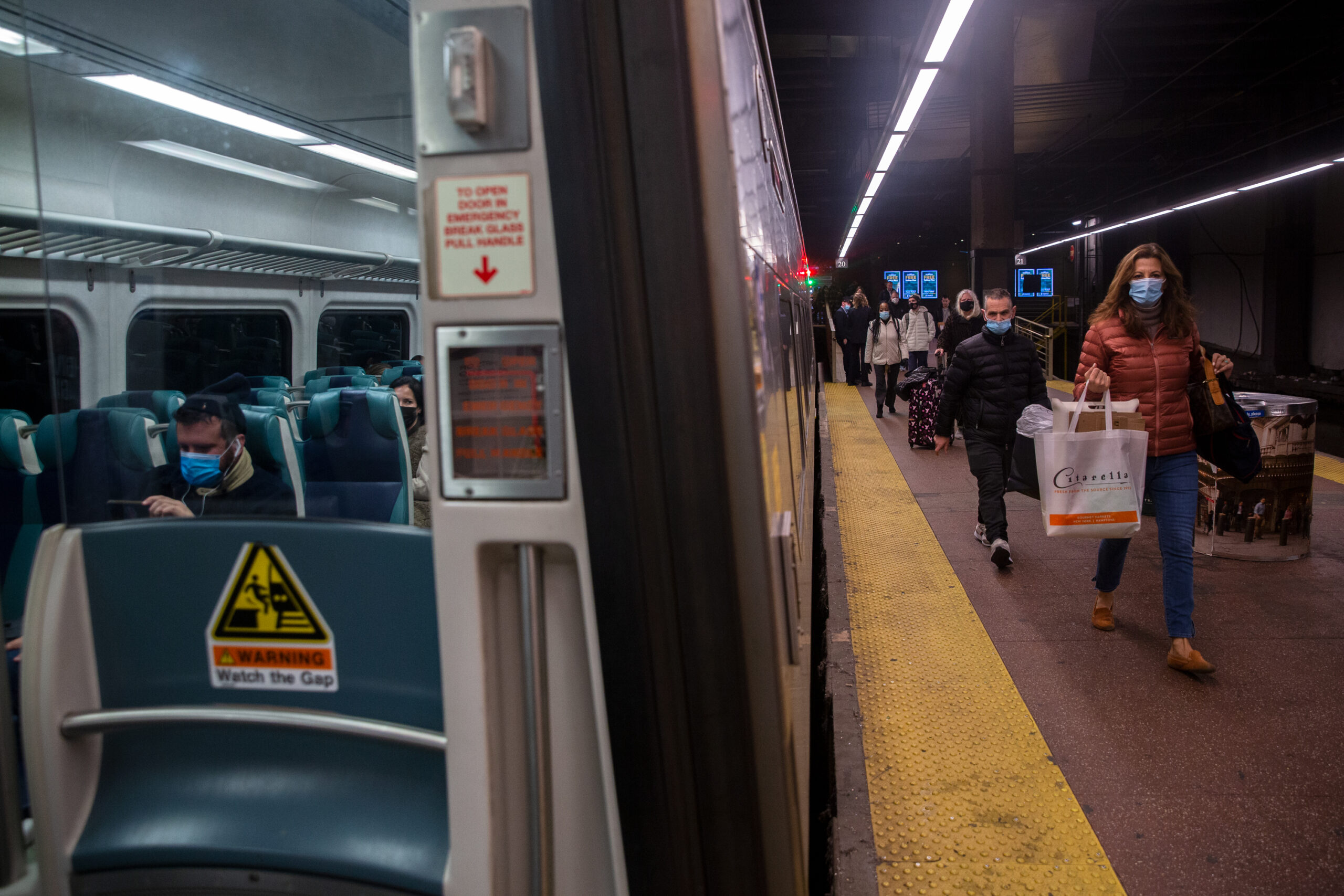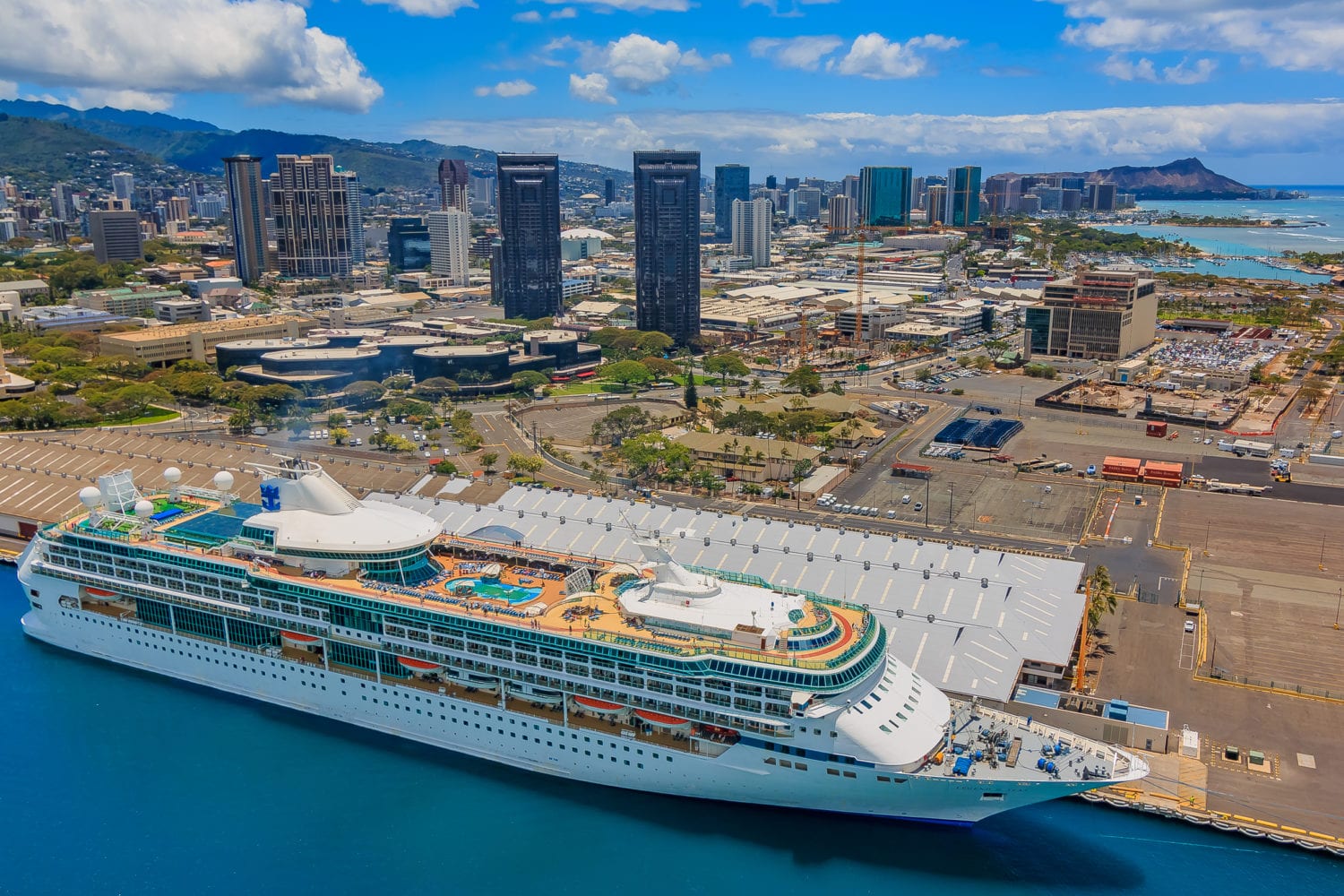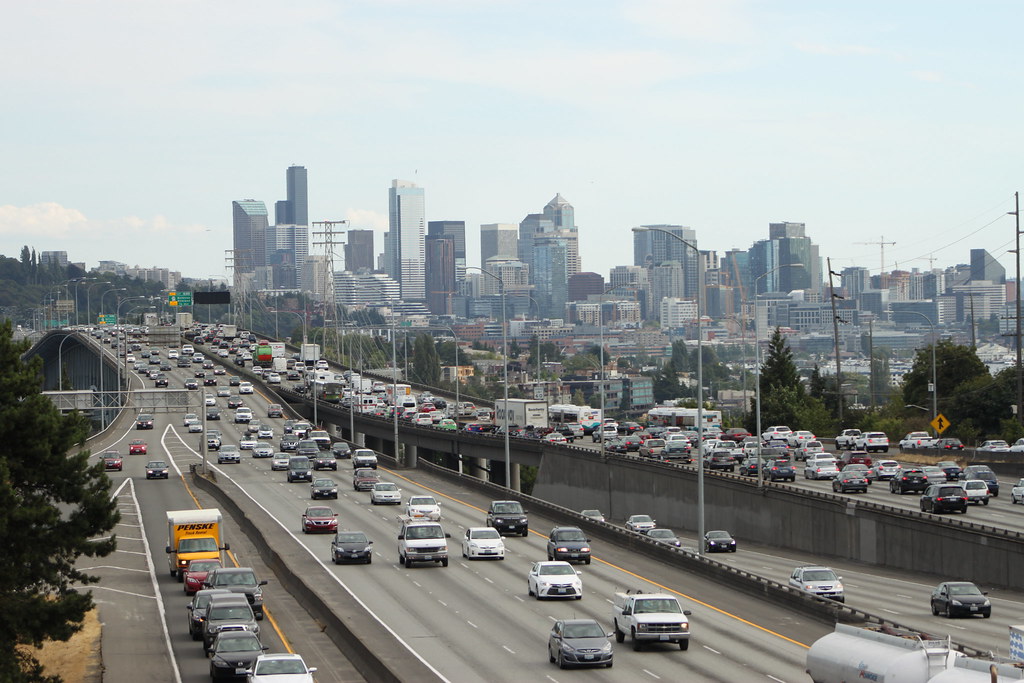Rail Riders Charged Rush-Hour Prices Despite Pandemic Discount

Hundreds of thousands of commuter railroad riders unwittingly overpaid for peak fares during the pandemic, MTA data shows — even as cheaper off-peak prices have remained in effect for 20 months.
At least 340,000 peak tickets were purchased between April and December of last year, figures that emerged from 2020 Long Island Rail Road ticket sales data obtained through a Freedom of Information Law request by The LIRR Today blog and verified by THE CITY.
The MTA said it has issued approximately 7,000 refunds for single-ride and 10-trip packages that were mistakenly purchased at peak prices — a little more than 2% of the total sold — but could not say how much commuters had overpaid.
“That’s a lot of people, that’s a lot of money,” Lisa Daglian, executive director of the Permanent Citizens Advisory Committee to the MTA, said of the hundreds of thousands of overcharged tickets. “And that’s for something that shouldn’t be that difficult to change.”
The transit agency did not remove the higher-priced option for traditional rush hours from ticket-vending machines for the LIRR and Metro-North until Nov. 1, when a banner was also added to the MTA eTix app reminding riders that “off-peak fares remain in effect on all trains until further notice.”
The MTA did not provide numbers for Metro-North as part of the information request and said it does not have figures for how many riders have paid for peak fares in 2021.
In the Dark
The agency contends software on ticket-vending machines that date back to the mid-1990s is not easily updated — and that it made more sense to be patient about significant overhauls to the machines once the “essential service plan” was implemented in the spring of 2020 as ridership and the MTA’s finances collapsed.
“We have loudly and proudly announced that off-peak fares are in effect at all times during the pandemic in MTA apps, on vending screens and we will continue this messaging until peak fares are restored,” Aaron Donovan, an MTA spokesperson, told THE CITY.
Riders who paid for tickets at peak-hour prices instead of at off-peak rates can fill out forms for claims for refunds online. Paper tickets need to be sent to the MTA’s Customer Service Office or handed in at a ticket window, according to the agency — photocopies are not accepted.
“We’ll see how much of a runaround it is,” said Jay Carter, 38, who told THE CITY he overpaid for peak-fare rides on Metro-North for several weeks after he began commuting in April between Grand Central Terminal and his new job in Larchmont. “I’d say it’s worthwhile.”
Single-ride tickets are the LIRR’s most popular and accounted for roughly 70% of fares sold last year, according to the data.
In March 2020, as ridership plunged on trains, buses and subways in the early stages of the COVID crisis, the two commuter railroads switched to round-the-clock off-peak fares for single rides and 10-trip packages that can cost 30% to 40% less than peak prices.
The MTA has said it plans to keep the discounted fares through the end of this year, while the railroads steadily rebuild ridership that fell by more than 90% during the height of the pandemic.
The LIRR carried a pandemic-era high of 166,700 riders on Nov. 30, according to MTA data, down about 49% from an average November weekday in 2019. Meanwhile, Metro-North has been slower to rebuild its ridership, with more than 130,000 riders on several days last month and weekday ridership down more than 50% from pre-pandemic levels.
But some riders have been unaware of the off-peak fares as they returned to the railroads.
‘Going to Add Up’
Carter, who lives in Manhattan, said he became aware of the new prices only after paying a conductor $9.75 for a trip to Larchmont from Grand Central Terminal — instead of the $12.75 fare he was accustomed to.
He said he paid for the fare on the train before it departed because he was unable to complete the purchase on the app.
“If there’s going to be information about the fares, it would be at Grand Central, and it wasn’t,” he said. “Unless you had to purchase a ticket face to face, I don’t know how I could have found out.”
John Track, a Metro-North rider who lives in Connecticut, said he’s annoyed that peak tickets are still available for purchase on the e-Tix app, despite the banner saying off-peak fares remain in effect on all trains.
“I don’t think the signs are enough,” said Track, 33. “What needs to change is to remove the option — that is the only acceptable option.”
Daglian, of the Citizens Advisory Committee, credited the MTA for posting updates to the app and ticket-vending machines. She said she first asked the agency in the spring of 2020 to put up signs about the full-time switch to off-peak fares after she noticed riders overpaying on the LIRR.
“I certainly saw people overpay,” she told THE CITY. “I asked the conductor if that’s something they saw regularly and he said they see it all the time.”
Carter guessed that he overpaid by about $50 for peak fares during his sporadic commutes last spring to and from Westchester.
“It’s an inconvenience,” he said. “But for some people, it’s really going to add up.”
This article was originally posted on Rail Riders Charged Rush-Hour Prices Despite Pandemic Discount



